From last night to today. News of the earthquake in Sichuan and Xinjiang has always touched the hearts of all people.
China Seismological Network Rapid Report Official Determination;
At 21:19 hours on August 8, a 7.0 magnitude earthquake occurred in Jiuzhaigou County, Aba Prefecture, Sichuan Province (33.20 degrees north latitude and 103.82 degrees east longitude), with a focal depth of 20 kilometers. Earthquakes were felt in Longnan, Lanzhou, Tianshui and Pingliang of Gansu Province.
At 7: 27 on August 9, a 6.6 magnitude earthquake occurred in Jinghe County, Bortala Prefecture, Xinjiang (44.27 N, 82.89 E), with a focal depth of 11 km.
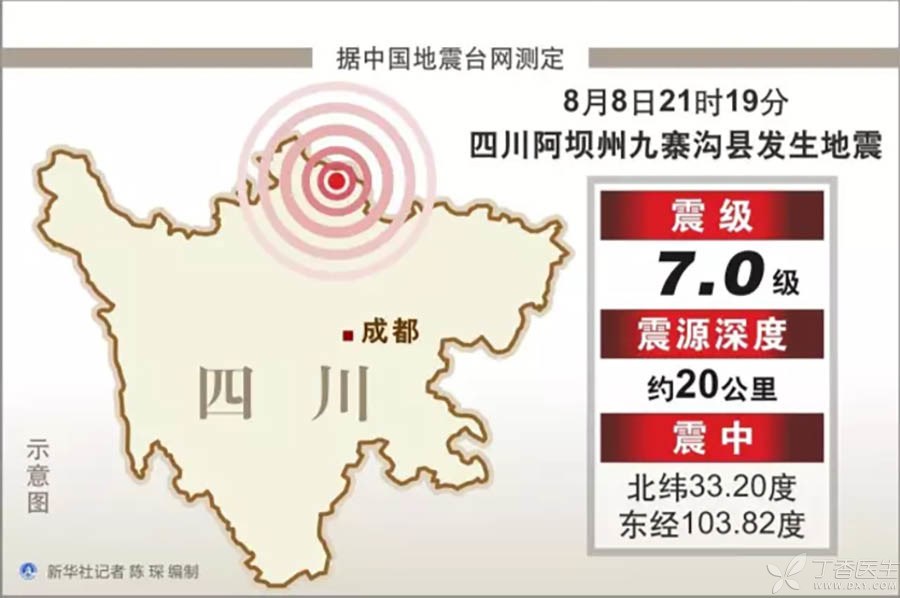
Earthquakes are so terrible and difficult to predict, no matter whether our city is an earthquake-prone area or not, we must understand the correct knowledge of earthquake prevention and self-rescue, which can save lives at critical moments.
How can I protect myself and my children in the face of the earthquake?
When an earthquake occurs, whether you are indoors or outdoors, keeping calm and taking relevant actions is the best way to protect yourself and your children.
Indoor Safety Tips
If you and your child happen to be indoors when the earthquake occurs, stay indoors at this time.
Don’t try to run to other rooms or even rush outdoors, and immediately protect yourself and your children according to the safety principle of [get down] [cover] [stabilize], so as to prevent things [shake down] or even collapsed houses from hurting you.
Find a safe area for the children, Teach the protective posture for protection. If it is a young child or baby, be sure to carefully hold your child in your arms and hold him close to your chest. In the process of avoiding, protect the child’s head and neck to avoid being injured by falling objects. You also need to be careful to avoid losing your balance and remember to calm the child’s emotions in time.
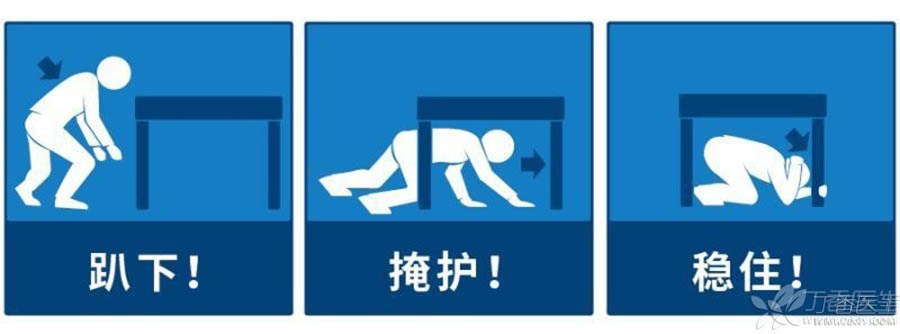
Source: CDC
Step 1 Get down
Immediately take the posture of supporting the ground with both hands and knees to lie down. This posture has a low center of gravity, is not easy to fall down in the earthquake, and can move quickly when necessary.
At the same time, protect your head and neck with your arms or suitable objects at hand to prevent something from falling and hitting you.
Step 2: Cover
It is best to find a solid table as a cover and try to hide your body (at least head and neck) under the table.
Of course, not every room happens to have a table!
If not, try to move to the side of the strong pillar, the corner without large furniture, the low furniture, must be close to the corner or furniture as a cover, at the same time with hands and arms to protect the head and neck.
But some places are definitely not suitable for cover:
- Don’t hide in the corner beside the big furniture! Once the furniture falls down, it is a fatal threat. Don’t hide under the doorframe, it is not safe there! Anything that falls from an earthquake can hurt you, Hiding under doorframes does not prevent any kind of dangerous situation. Also avoid taking cover near glass windows, porcelain, lamps, articles placed on elevated shelters and hanging decorations. In short, stay away from things that normally look weak and wobbly in panic.
Step 3 Stay steady
During the shaking, be sure to hide in a relatively safe shelter all the time and do not run around until the shaking stops.
Running out at this time, on the one hand, it is easy to be hit by other objects; On the other hand, people may not be able to stand firm at this time, and any accident may happen.
If you were in the kitchen or bed at the time of the earthquake, then besides the above 3 points, you have other things to pay attention to:
1. If you are in the kitchen, quickly turn off the induction cooker, natural gas, etc., and then find a place to hide.
2. If you are in bed, don’t panic. Protect your head with a pillow for the first time. If you roll out of bed or rush out of the door in panic, glass debris that has shook off the ground may directly stick to you.
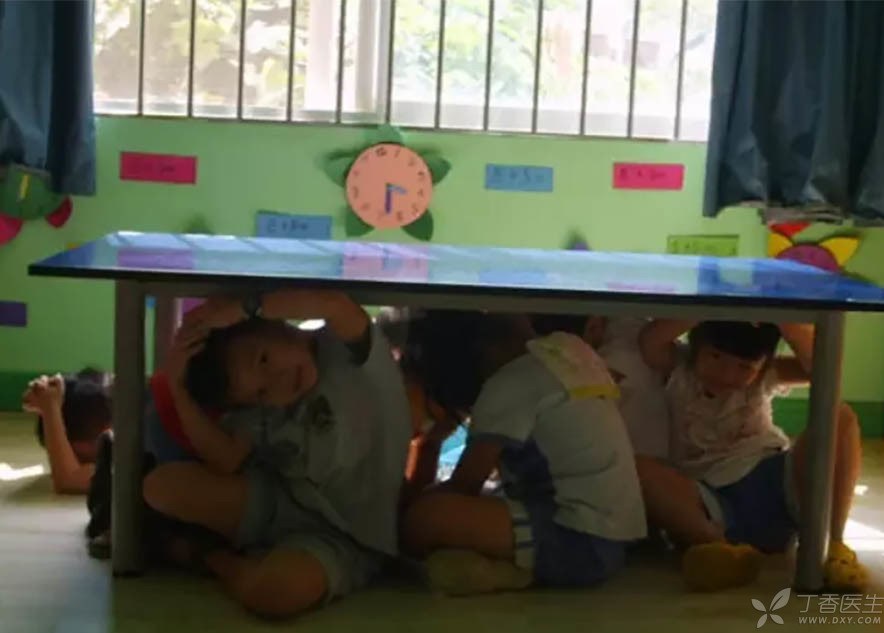
Outdoor Safety Tips
If the earthquake occurred outdoors, take the child away from high-rise buildings, electric wires, sewers, and various oil and gas pipelines in the first place. The younger child has the best embrace. If the older child cannot hold it, slow down to keep pace with his pace until he moves to a safe area.
Step 1 Stay away from buildings
When an earthquake occurs, some decorations on the windows and walls of buildings are very easy to fall off. Remember not to approach these dangerous areas and take the posture of lowering the body’s center of gravity as mentioned above until the earthquake stops.
2. When driving, slow down gradually and stay in the car.
If you were driving when the earthquake occurred, don’t brake hard, let alone rush out of the car!
- First find a safer roadside to stop and pay attention to avoid telegraph poles, overpasses, overpasses or elevated sections. Stay in the car and press the brake. Turn on the radio and listen to whether there is an emergency notice for the earthquake. Let the child grasp the armrest tightly and lower his head to prevent falling or bruising.
During this period, the car may wobble, but it is still a relatively safe place to escape.
However, if one’s position is far away from a safe area when an earthquake occurs and one needs to drive to a safe area, one should be alert to abnormal situations on the road when driving, including falling telegraph poles and wires, broken roads, collapse of elevated roads and bridges, etc.
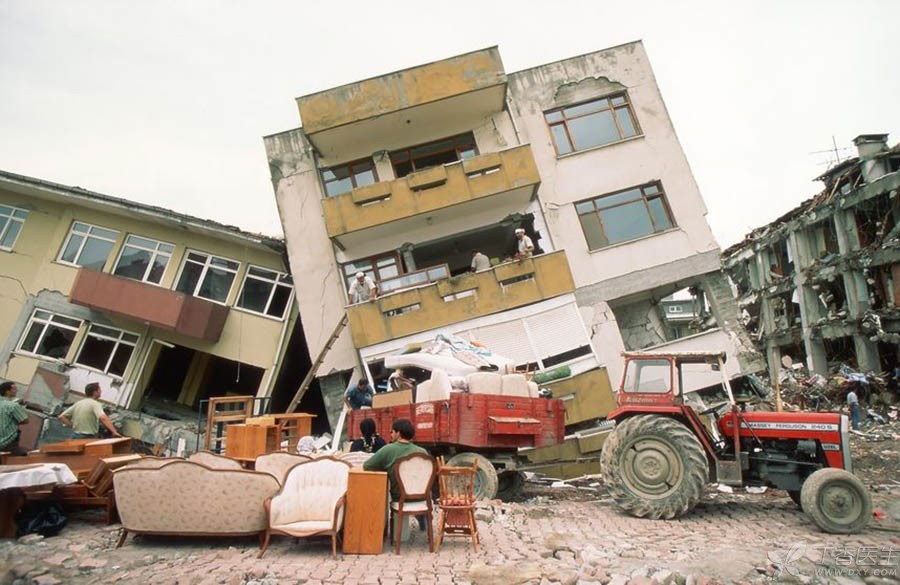
Security Tips under Special Conditions
No matter in the case of what, if the surrounding conditions permit, we should try our best to [get down] [cover] [stabilize] these three points, and use everything available to protect the head and neck.
1. Persons with limited movement
If you cannot lie prone on the ground immediately due to limited movement, you can keep your seat according to your own conditions.
If you are sitting in a wheelchair, lock the wheelchair wheels quickly to prevent the wheelchair from sliding around uncontrollably and causing accidents.
At the same time, thicker books, pillows or arms should be used to protect the head and neck to minimize the possible damage caused by falling or flying objects.
2. Pregnant women
If you are pregnant, don’t worry. Squatting is not recommended when hiding, but kneeling or sitting. It is best to find something to protect your stomach to prevent serious consequences caused by accidental impact.
3. In a tall building
Get down, look for cover and hide until the earthquake is over, avoid windows, etc. At this time, power failure may occur, and indoor fire extinguishers will start sprinkling water. Don’t panic.
Remember not to use the elevator!
4. In the elevator
If you happen to be trapped in the elevator when the earthquake occurs, try to pat the elevator door hard or knock with metal objects to attract others’ attention as much as possible and wait for rescue.
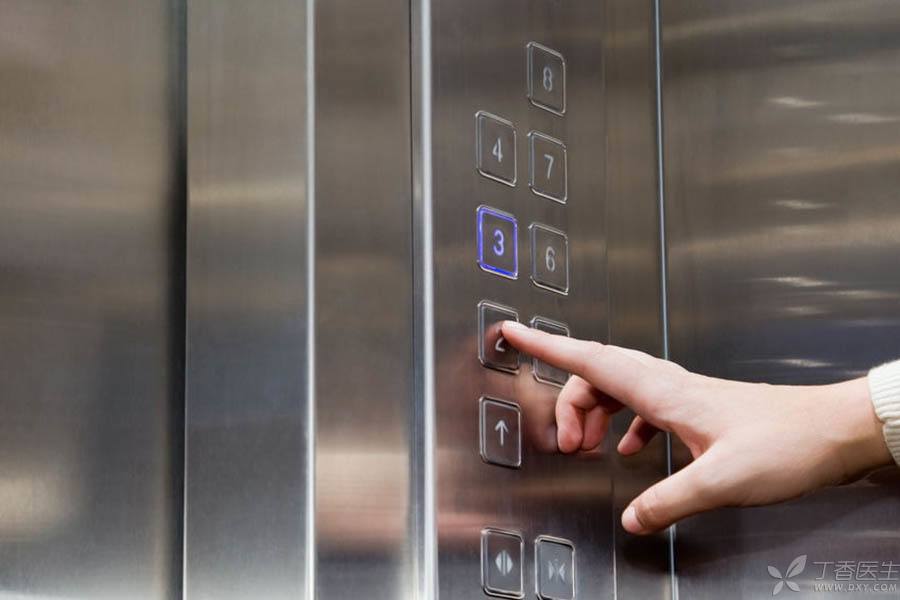
5. Crowded Indoor
Get down, look for cover and hide until the earthquake is over.
Don’t blindly rush to the exit, there will definitely be many, many people flocking to the exit at this time, and stampedes may occur.
6. Being in a stadium or cinema
Stay in your seat until the earthquake is over. Even if the earthquake is over, be careful of aftershocks and be vigilant when leaving the scene.
7. At the seaside
Get down, look for cover and hide until the earthquake is over.
It is necessary to estimate the duration of the earthquake. If the violent shaking lasts for more than 20 seconds, it may be accompanied by the tsunami. Take the time to run to a higher ground (at least 3 kilometers from the coast, it is safer to be 30 meters above sea level).
8. Downstream of the dam
During a severe earthquake, the dam may collapse at any time. If you are downstream of the dam, look for an emergency evacuation route and leave the site as soon as possible.
Prepare for a rainy day, we can do so.
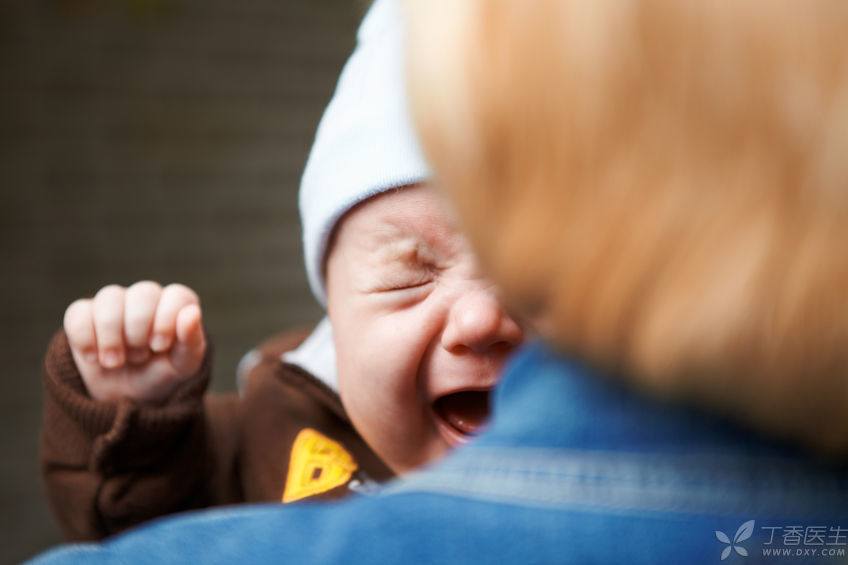
In addition to reserving common sense of self-help, making good preparations for material reserves can also reduce the loss of disasters to a minimum.
It is suggested that emergency items stored at home include but are not limited to: 1. Water. Each person needs to store at least 3.8 litres of water per day for 72 hours. It is recommended to buy some bottled water and pay attention to the shelf life. 2. Food, prepare enough canned food or dehydrated food for 72 hours; 3. Emergency lights and spare batteries; 4. Portable radios, etc., or wireless interphones; 5. First aid kit, which contains spare first aid drugs, first aid manuals, or first aid knowledge downloaded from mobile phones that can be used offline (such as first aid APP [first aid] developed by the Red Cross Society of China)
6. Household fire extinguishers;
7. Baby products, including milk powder, diapers, essential daily necessities, etc.; 8. Copies of important documents, cash and certificates; 9. Tools, pipe tongs, wrenches, lighters, whistles used to call rescue personnel; 10. Prepare a suit of clothes and a small blanket.
